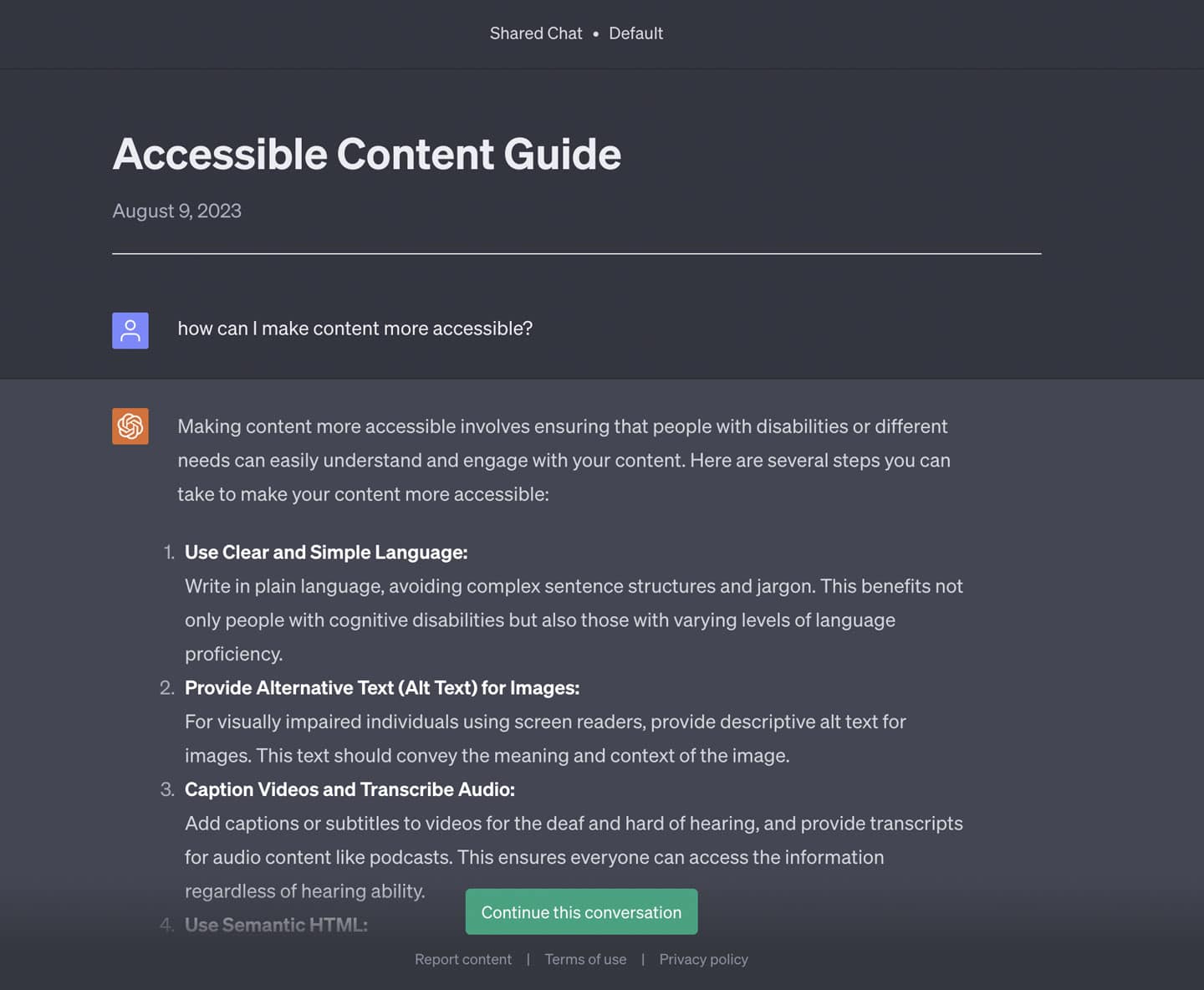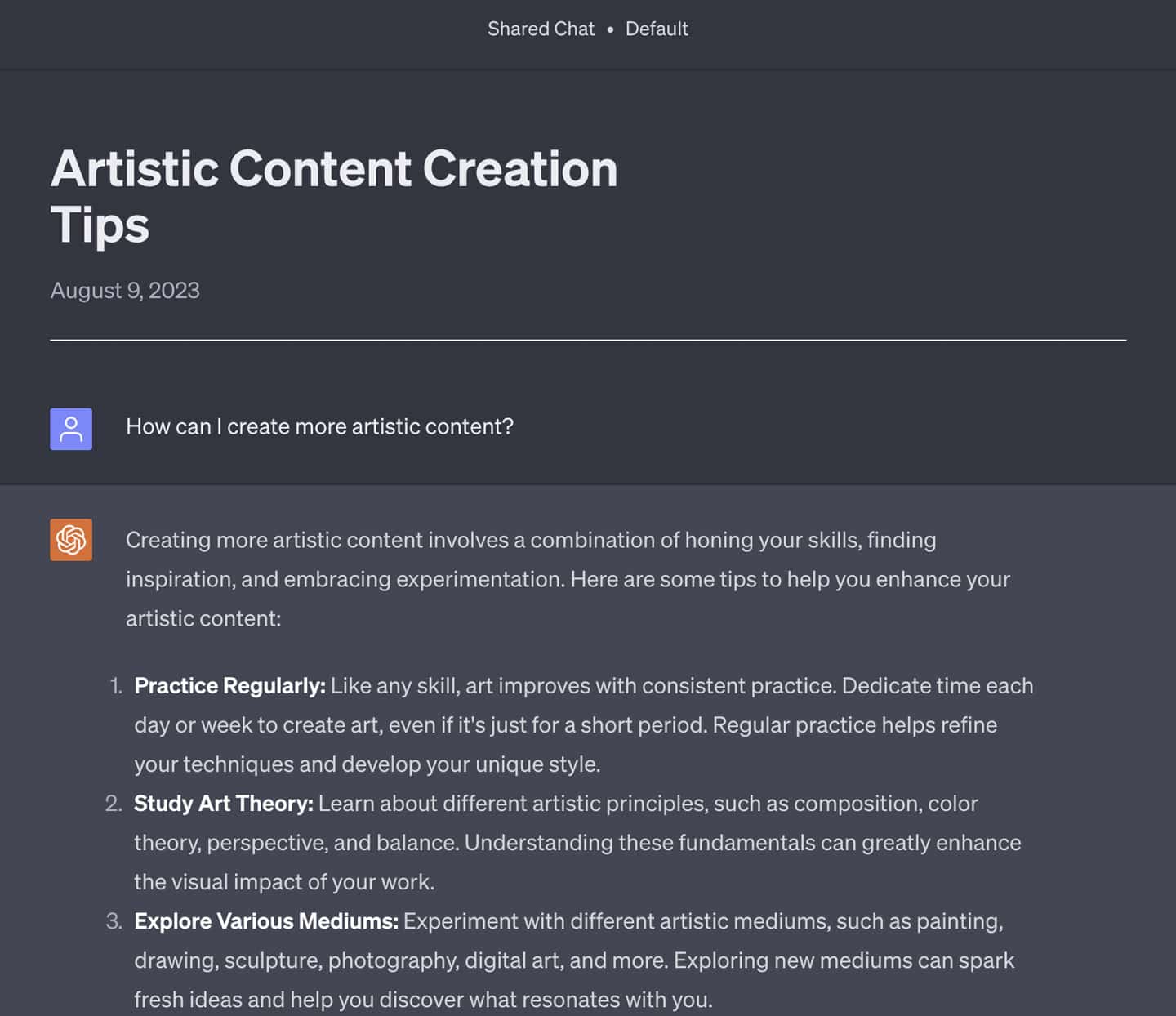
Advances in artificial intelligence (AI) are upending virtually all industries, inspiring meditations on morality and the future of monetized creativity. The old wives’ tale—that humans will eventually be shoved out of center stage, replaced by the very technology we cast as our back-up dancers—seems to be coming truer with each passing hour and each new headline.
At the Content Bureau, we firmly believe in the value of putting human creativity front and center in the B2B content-creation process. And experience shows us that our best work comes directly from close, professional human relationships with ingenious marketers and their subject-matter experts—built over years of collaboration.
That said, integrating AI into the content-creation process can help your team improve creativity and save time. And it can empower B2B marketers and their content producers to focus on the parts of their work that computers cannot replace.
Here are some effective ways to make AI work in the B2B content development process:
Idea generation
This widely used application of generative AI platforms can be a great way to start a B2B marketing project. Platforms like ChatGPT, Ideanote, and Copy AI can deliver lists of possible content ideas specific to your campaign or product. And they can help you create interview questions before SME interviews—where the most innovative, relevant ideas and points of view come from informed and experienced humans. Our clients’ customers don’t want to read regurgitated content; they expect thought-provoking, well-crafted, novel information. Asking your AI to show you previously published content on the topic at hand—including competitors’ content—can be a useful starting point. Asking questions like, “How can I make my content more accessible?” or “How could I make this content more artistic?” can lead to further exploration you may have never considered.
In one conversation, I asked Chat GPT how I could make content more accessible and it spit out a list of options:

Another prompt that I tried was: How can I make my content more artistic? Here’s what Chat GPT thought:

Yes, these conversations were no substitute for talking with a diverse abilities expert or collaborating with one of our graphic designers to create a perfectly on-message infographic. But they did get me thinking about ways to add to and modify my own creative process.
Research and fact-checking
Anyone who has worked in B2B content generation knows that A LOT of research goes into the creative process. Before drafting a new marketing asset, we’ll dig through analyst reports, news, and opinion articles in our clients’ industry publications. And we’ll scour thought leadership articles (think HBR) and internally produced content such as pitch decks and messaging documents. Asking an AI bot to summarize the sources you are sifting through can speed your research process and narrow down where you should spend your dedicated time. It can also help you fact-check and ensure citations are credible and properly formatted—something we take extremely seriously at the Content Bureau in this era of circular sourcing. Already companies like LinkedIn are using similar tools to speed up their fact-finding. Make your company the next to streamline the research process!
Finishing touches
Running rough drafts through AI programs can help content creators ensure their central points are coming across, and break them out of the time-consuming and frustrating cycle of spinning their wheels alone. You or your writers can also use the programs to catch typos, improve sentence structure, and expand on ideas in new ways. Some applications that are great for this include ChatGPT, Wordtune, and Grammarly.
Project planning
The logistical turmoil of dividing assignments among your agencies, freelancers, or internal team members can feel like a project in itself. To efficiently and quickly ascertain who needs to do what in which order, give an outline of the project to an AI program and ask it to create the workflow and split up the tasks for you. An up-and-coming AI tool that may change the game for project planning is Google Duet AI. It promises a future filled with AI assistants that can create project proposals in your signature style by reviewing and processing your previous work, creating project planning sheets specifically designed for your team. One of our enterprise technology clients uses Adobe Workfront to assign projects to specific Content Bureau writers (each of whom is edited behind the scenes by a human Content Bureau editor, per our usual methodology). It’s a little clunky at this point, and relies on accurate inputs—such as writers’ availability, SMEs’ desired start and due dates. But it saves our client and her stakeholders hours of time each week.
These are just a few of the ways in which AI can be used to lift up the voices of creative people, not replace them. Plus, the extra time carved out by using these tools can go towards exploring your next great content idea with your friends at the Content Bureau, where every single word is written and edited by humans.


